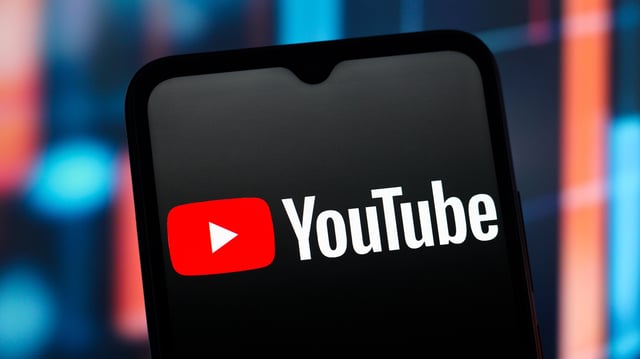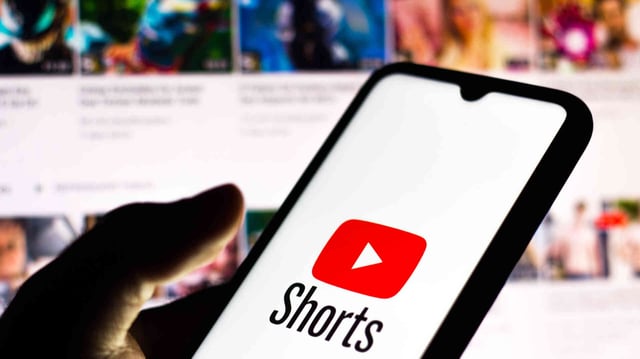Overview
- YouTube spokesperson Rene Ritchie said on X that the test uses machine-learning denoising and sharpening to reduce blur and noise, not generative AI.
- Edits are applied to selected Shorts during post‑upload processing without prior notice or consent from uploaders.
- Creators report oversharpened details, altered skin tones, distorted features, and unnatural hair appearing in some affected videos.
- Musician and YouTuber Rhett Shull and others say the alterations undermine authenticity and that they currently have no way to opt out.
- The trial raises uncertainty over whether YouTube’s 2023 disclosure rules for manipulated or synthetic content cover platform-initiated tweaks.



